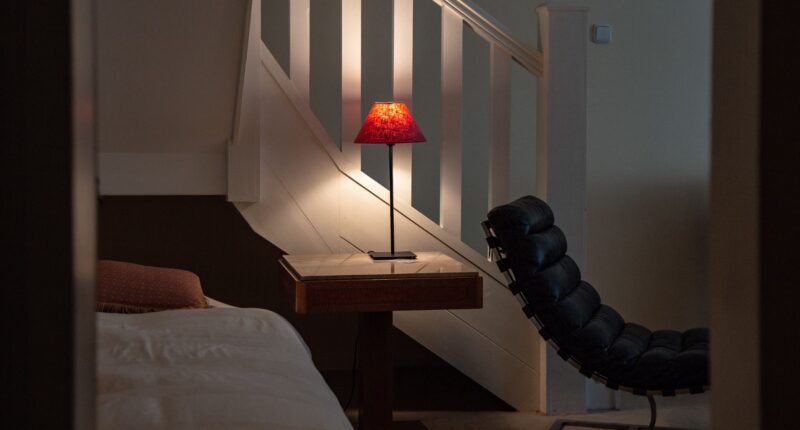MILLIONS of households could be wasting hundreds of pounds by leaving lights and appliances on overnight.
While the government’s energy price guarantee (EPG) has frozen average bills at £2,500 a year, the cap is due to rise on April 1.
This means that a typical household on the standard variable tariff will end up paying £500 a year more with the average bill hitting £3,000 a year.
As this figure is only an estimate for a typical household, the exact amount you’ll pay will vary so if you use less, you’ll end up paying less than £3,000 a year from April.
There are a number of ways to cut your energy usage in the meantime and one of those is by taking a look at how you use your appliances and lights around your home.
Referred to as the “phantom load”, the electricity used by our devices and appliances while in standby mode has become a focus for people looking to reduce their energy bills.


It costs £8.27 a year to leave a standard games console switched on overnight and a further £1.45 if you leave your telly on standby, according to experts at Value Lights.
Leaving a computer on standby mode overnight costs a further £5.59 a year and an audio system left plugged in costs £9.09 a year.
But experts say that these costs seem insignificant when compared to the energy consumed by leaving your light on.
Julia Barnes, head of buying at Value Lights has revealed the true cost of leaving your lights on overnight and how to keep your bills down.
Most read in Money
According to Value Lights’ research, it costs up to £111 to leave certain light bulbs on overnight every year:
- One 100W bulb – costs £111.17
- One 60W bulb – costs £65.75
- One 5W LED bulb – costs £5.59
This means that households with multiple 60W and 100W incandescent bulbs could be spending £100s more than they need to every year.
Approximately 11% of the average household’s energy bill is spent on lighting.
But Julia said: “Making the swap to LED bulbs is the smart choice for anyone looking to lower their electricity bill as they consume only a fraction of energy in comparison to traditional incandescent bulbs.
“In fact, our research shows making this switch could save you up to £106 per bulb, on your annual energy bill.”
Julia said that while 100W bulbs are now being phased out, the standard 60W incandescent bulb found in table lamps or living room floor lamps could still be costing households considerably more.
“Whilst simply flicking all your light switches off before you go to bed is the obvious way to cut this cost, switching to LED bulbs will save you money in the long run and pay off beyond bedtime,” said Julia.
Shoppers can grab single LED bulbs for as little as £4.99 from Value Lights.
But we’ve seen them cheaper at other shops. For example, Toolstation sells four 5.5W frosted candle LED bulbs for £4.04.
But you should always have a quick shop around first as you might be able to find a similar product cheaper elsewhere.
Use price comparison tools like Google Shopping to find similar products from other retailers and compare prices.
How else can I cut my energy bills?
Households can further cut their energy bills by looking at the ways that they use their appliances.
For example, if a household chose to swap their oven and hob to use an air fryer, microwave and toaster they’d slash their bills by £750 a year.
The average air fryer costs £16.80 to run if used for an hour every day of the month – substantially less than running a hob and oven at the same time.
Households with an electric shower can cut their costs in half from £18.36 a month to £9.18 a month if they halve the time spent showering.
The same goes for TV costs – if a household were to cut their viewing time from 4 hours a day to 2 hours they’d save over £3 a month.
Households taking cost-cutting to the next level can do so by swapping out their televisions for a tablet and streaming content instead.
Those looking to further slash their costs should think carefully before running their dishwasher and washing machines daily.
Households can save a considerable amount of money by using them once every three days instead of every day.
If you were to run three dishwasher cycles a week instead of one per day – you’d save £3.36 a month or £40.32 a year.
Households that run their washing machine every three days, as opposed to seven, will save £5.64 a month or £67.68 a year.
But if you do need to run a cycle every day you can cut costs further by setting your machine to a lower temperature.


Reducing your washing temperature to 30°C could save you £13 a year while cutting further to 20°C could shave £24 off your annual bill.
We’ve listed other ways to help slash your energy bills.









